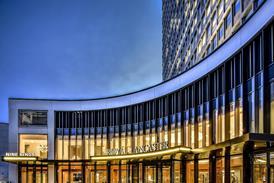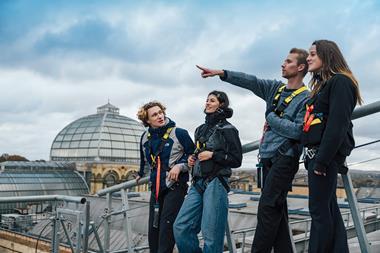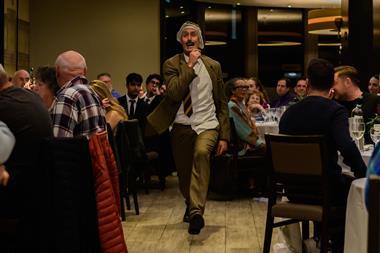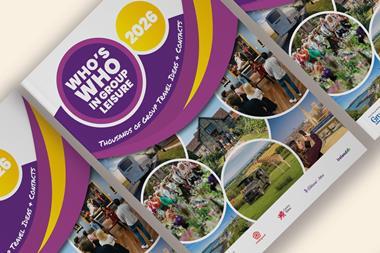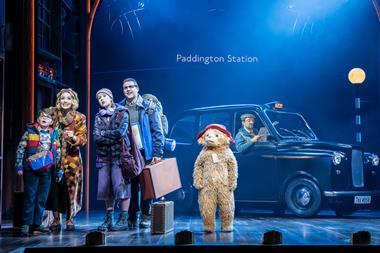Grantham House, a 14th century town house, has opened its ground floor and gardens as a National Trust attraction.
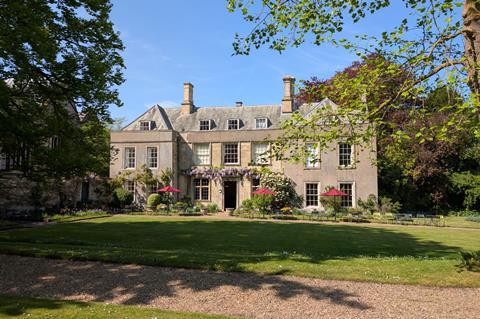
One of Grantham’s oldest and most prominent buildings, the 14th century town house has architectural features from various eras and four acres of gardens that include a walled garden, meadow and woodland walk.
A visit to Grantham House can include the café tearoom serving hot and cold refreshments, sandwiches, snacks and cakes and a second-hand bookshop. Visitors can also spend time exploring the gardens of the property, with an abundance of plant life to see.
The walled garden is home to bees and butterflies and features neatly trimmed hedging and borders with seasonal colour such as daffodils, irises, bluebells and apple blossom. The tree-lined path offers opportunities for keen photographers to capture nature.

The expanse of its south meadow is bordered by the River Witham and visitors can play ball games and enjoy food from the café. The space will also host community events such as fêtes and yoga sessions.
Group visits to Grantham House
Groups of up to 20 are welcome at Grantham House, however coaches must drop off in the town centre, with no parking available on site.
Also, groups can combine a visit with nearby Belton Estate, which offers discounts for 15 or more people to explore the restored 17th century house and 1,300-acre parkland home to an ancient deer park, grazing sheep, ponds and woodland. Highlights of a visit include the Chinese Bedroom, with wallpaper that was hand painted in China, and the Italian Garden with deep herbaceous borders running through the centre and a cast-iron conservatory.
Nearby Woolsthorpe Manor, in Woolsthorpe-by-Colsterworth, where Sir Isaac Newton saw an apple fall from a tree, experimented with refracted light and tried to solve the system of the universe, can also be visited. Designated coach parking is located on-site and there is also a large car park with disabled parking.
In the 17th century manor house you can stand in the room where Newton used a prism to split sunlight into the colours of the rainbow or head to the Science Centre and get hands-on with experiments and theories on gravity, motion, optics and light.
For more information about National Trust attractions, go to www.nationaltrust.org.uk.



